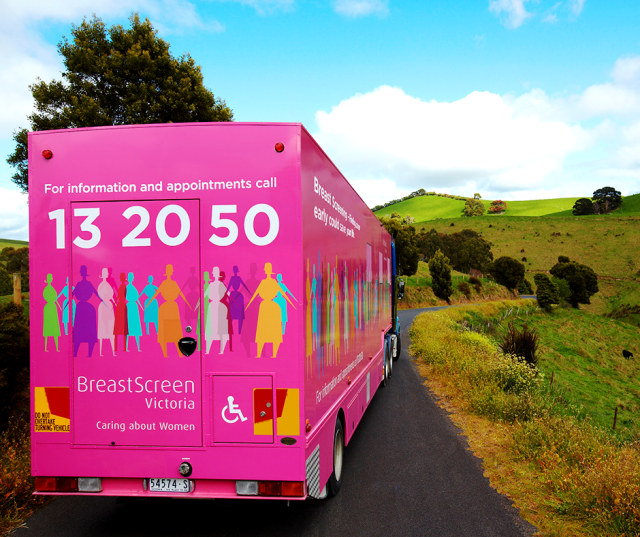LODDON Mallee community health services have joined forced to put the challenge of recruiting and retaining health workers under the microscope.
The Integrated Health Network Alliance, led by Murray Primary Health Network, is developing sustainable healthcare models for the region and addressing rural workforce issues together through an innovative rural health service partnership.
Boort District Health chief executive Donna Doyle said the regional partnership was investigating innovative and promising models.
“The health services of Buloke, Loddon and Gannawarra Shires have been experiencing similar issues for some time,” Ms Doyle said.
“So rather than working separately, in our own silos, we’re working together to design and trial new models of health care.
“This collaborative approach extends beyond the realm of health.
“We’re working with local government and educational organisations to sell the benefits of rural lifestyle, advocate on shared issues of housing and childcare, and to foster a local health and medical training pathways and career opportunities.”
The alliance has now released its first report, which showed the importance of co-design and understanding local health priorities and perspectives.
The Way Forward to Sustainable Rural Health presented a “clear and evidence-based” roadmap that would help the region flourish.
Recommendations in the 28-page report include employment packages to entice more GPs to the region and a nurse practitioner model of care that has already been implemented. It is increasing access to primary care services in the region through clinics located in Boort, Charlton, Quambatook, and Kerang.
The alliance includes Murray PHN, Boort District Health, Inglewood and Districts Health Service, East Wimmera Health Services and Northern District Community Health.
It comes as new research by the Regional Australia Institute found regional job advertisments grew three times faster than in metropolitan Australia at the end of 2022, with demand for doctors and nurses skyrocketing.
Demand for workers in regions hit record levels in 2022, with December recording a 10 per cent annual increase in the number of roles advertised, outpacing growth in capital cities of 3 per cent.
In October 2022, according to the Internet Vacancy Index (IVI), which is a monthly count of online jobs advertised by Jobs and Skills Australia, regional job vacancies grew to 94,100, which was more than double the pre-pandemic levels.
RAI chief executive Liz Ritchie said there was an unprecedented challenge playing out in regional Australia, as labour supply struggled to keep up with demand – despite population movement continuing.
“Medical practitioner and nurse vacancies in regions represented almost half the total national vacancies for this occupation grouping, despite regional Australia representing only one third of the population,” Ms Ritchie said.
“Tight housing markets and childcare access constraints are impacting regions’ ability to fill roles with people from outside the area.
“In 2022, more than 3.7 million regional Australians lived in a ‘childcare desert’ – equating to one position available for three children.”
Murray PHN chief executive Matt Jones argued that primary care needed urgent reform to build sustainability in the health system.
“What works in metro areas, does not work in rural and regional settings where we have critical workforce shortages,” he said.
“Not being able to see your GP in a suitable timeframe has a huge impact on rural people’s health.
“Rural GPs need more support, and nurse practitioners and allied health could assist more if the MBS funding models allowed it.”
Mr Jones believed that PHNs should be funded to lead more rural co-planning networks that delivered place-based solutions.
The alliance was formed in 2019 to focus on addressing the health needs of the Buloke, Loddon and Gannawarra region.
These include chronic conditions like diabetes, heart, respiratory, mental and oral health, and other needs of our ageing population.
The alliance last year launched its Sustainable Rural Health Project to begin addressing the gaps caused by workforce shortages.
The project has helped health services work with community to create and trial new services and strategies that encouraged doctors, nurses, and allied health professionals to live and work in rural areas over the longer term.







